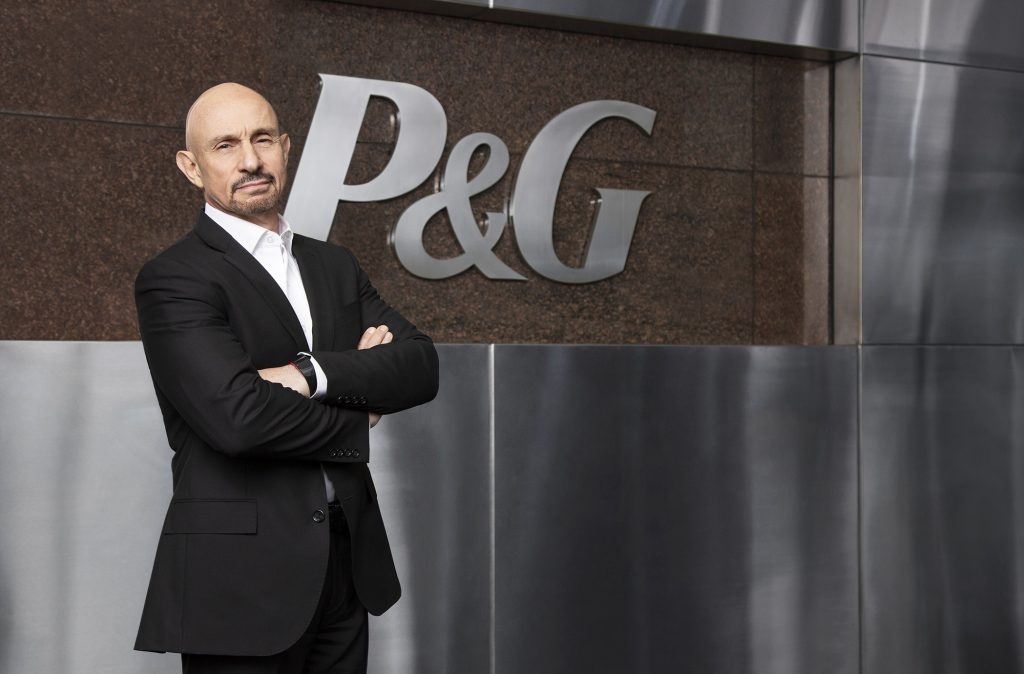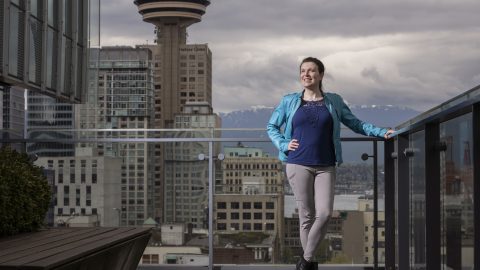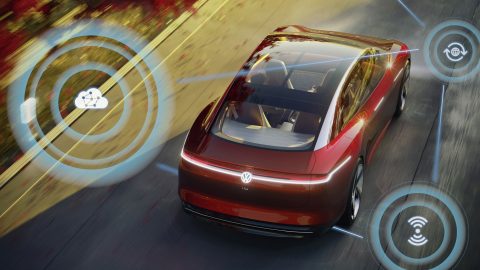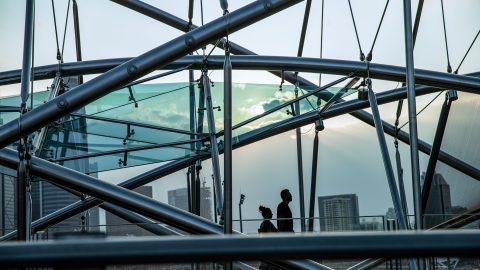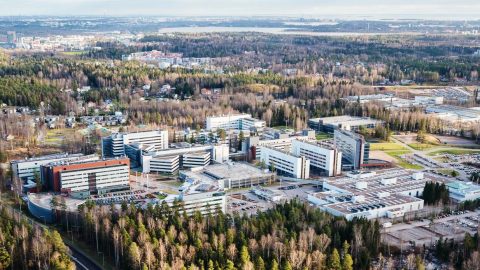Procter & Gamble’s CIO believes passion is contagious. His latest passion: digitally remaking the 185-year-old company
At age 17, Vittorio Cretella left school to enlist in the Italian Army, eager to work with missile and radar systems.
Now truth be told, what he really wanted as a gung-ho teenager was to fly helicopters.
Problem was, the Italian military required chopper pilots to be 18. So, facing that stern rule, Cretella simply tweaked his ambitions. He donned his Army fatigues and immersed himself in a new mission: learning all he could about electronic engineering.
“Going in the Army was following my dreams,” says Cretella, chief information officer at Procter & Gamble. “But if I had become a helicopter pilot, who knows where I would be now?”
And just where is he now? In Cincinnati, leading a massive digital transformation at one of the world’s largest companies.
“Passion is contagious. Technology today offers massive opportunities to companies like P&G to build superior solutions that can solve the daily problems of billions of consumers around the world and make their lives better,” he adds. “That is a passion.”
As part of that tech modernization, P&G and Microsoft on Wednesday announced a new, multi-year, collaboration that will leverage the Microsoft Cloud to accelerate and expand P&G’s digital manufacturing platform and enrich the Industrial Internet of Things (IIoT).
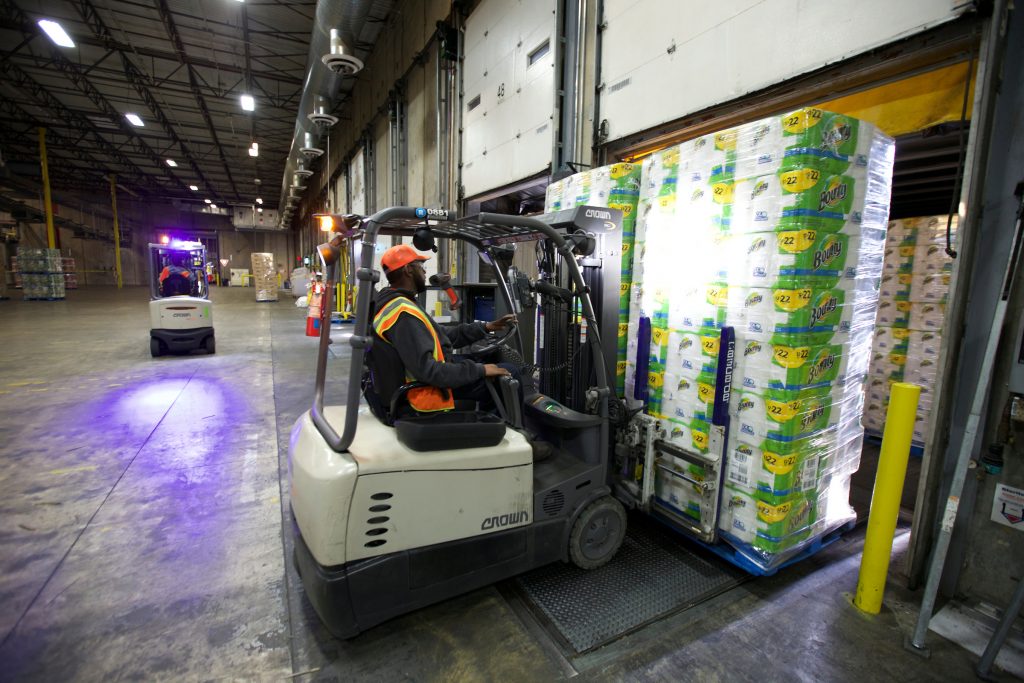
P&G makes and sells dozens of consumer product brands, including Pampers, Bounty and Gillette. Through that collaboration, P&G expects to improve productivity, bring products to consumers faster, boost customer satisfaction and reduce costs.
Recently, Transform spoke with Cretella to hear more about his latest and perhaps biggest mission: spearheading a digital shift across a 185-year-old company that operates in about 70 countries.
TRANSFORM: You served six years in the Army and emerged with a computing diploma. I imagine you still draw on lessons from your military days. How do those experiences continue to shape you?
CRETELLA: I learned the importance of agility, the importance of being always open to learn, to experiment. If you choose a career in technology, you must be ready to embark on a never-ending learning journey.
I always tell our junior recruits, our interns, what they learned in college would be obsolete in fewer than five years. That should not depress them, but rather motivate them to work in a professional field that gives you the opportunity to learn throughout your career.
We have so many examples at P&G of data and AI (artificial intelligence), cloud capability, DevOps, APIs, creating better business models. A critical part of my job is to help connect the dots between technology and business opportunity, and to share the passion of creating consumer value through technology with my colleagues and the rest of the organization.

TRANSFORM: With Microsoft Azure serving as the foundation, this effort marks the first time P&G will be able to digitize and integrate data from manufacturing sites around the world. Scale is the story here. How rare is it for a consumer goods company to access this level of data at scale?
CRETELLA: You’re right. We are implementing this technology at scale at hundreds of manufacturing sites around the world. Billions of products are coming out on those manufacturing lines.
However, we have a large manufacturing footprint built over a long period and the shop floor equipment is not the same in each of manufacturing facilities. That lack of standardization makes it difficult to digitally transform at scale. The digital IoT edge and cloud power platform that we are co-developing and co-innovating with Microsoft will allow us to work with our diverse environment and overcome those challenges.
We need the capability of making the data compatible from those different sources, so that we can work on those and replicate success. The result will be faster deployment, faster time to market, more productivity and doing things once instead of many times.
TRANSFORM: P&G now will be able to digitize and integrate data on a larger scale, enabling workers to check production and make quicker decisions. Can you describe some of the decisions that P&G workers will make even faster from the manufacturing floor?
CRETELLA: Right now, we are tapping the opportunity of using AI and machine learning in the manufacturing space. We already have compelling use cases for our manufacturing IoT and edge analytics initiative.
Those pilots include quality – making sure we check quality, real-time, on the production line. There is also resilience – making sure that all the different parts of the (production) lines run effectively with preventative maintenance, with early signs and early warnings of problems. And third, sustainability. AI and machine learning help us control energy consumption and water consumption, reducing our carbon footprint.
For example, thanks to those algorithms, a line operator will immediately know if a machine is not cutting sheets of paper to the correct length, and they can adjust.
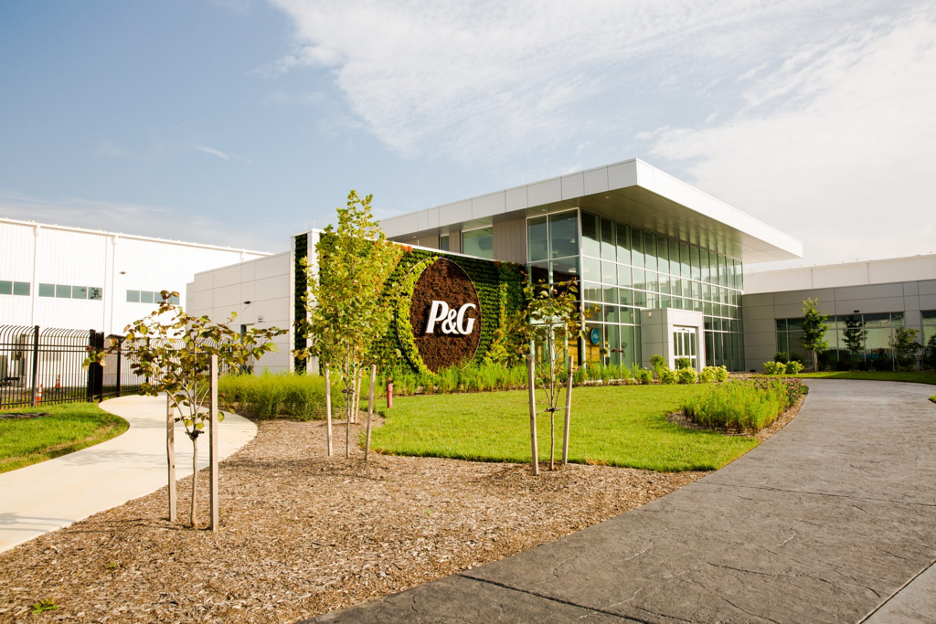
TRANSFORM: How will P&G optimize environmental sustainability in manufacturing through this digital transformation?
CRETELLA: One use case that we will replicate across many plants is using machine learning to optimize energy and water consumption. That will reduce the carbon footprint and support our 2040 carbon neutrality goal.
We can achieve this, on one hand, by investing in alternative energy sources. But on the other hand, we can use machine learning to optimize consumption. This is where the Industrial IoT initiative will make a significant difference, by using these algorithms to fine tune the use of manufacturing assets and to minimize waste.
TRANSFORM: For many people, sustainability is a personal passion. Why is sustainability important to you?
CRETELLA: Number one, it’s the responsibility of what you leave behind for future generations. Second, for me, it is second nature to avoid unnecessary waste. All our natural resources must be used wisely.
Those two things make me personally excited about using technology for sustainability.
Top photo: Vittorio Cretella. All photos courtesy of P&G.

